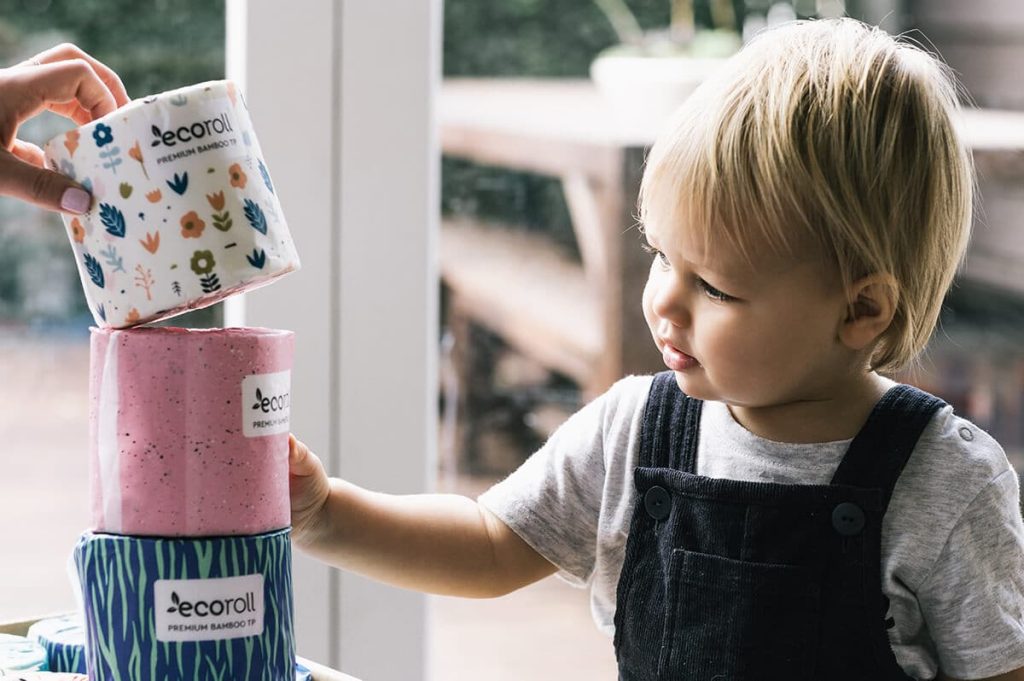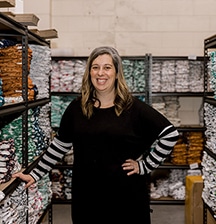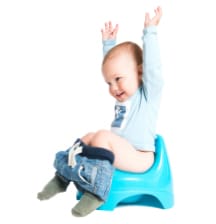
It is the worst of times. Stressful. Fraught with failure. Marked by extra loads of washing and mopping up. You worry you’ll scar your child for life if you start too early or leave it too late. Oh, and when does a reward turn into a bribe? Read on.
are they ready yet?
In some cultures, children get toilet-trained before they’re 18 months old. In New Zealand, however, the advice is to wait until they’re at least 24–30 months. Don’t equate good mothering with early toilet training. When your child’s applying for that coveted CEO position, nobody will ask when she stopped wearing nappies. She’ll be ready when she’s ready. Ask yourself:
- Does she express interest in her potty or the toilet?
- Can she follow basic directions?
- Does she stay dry for at least two hours?
- Does she seem uncomfortable wearing wet or soiled nappies?
- Is she able to pull her pants up and down?
If the answer to two or more of the above is “no”, it’s probably best to wait. Unsuccessful toilet training can be disheartening for both parent and child.
gear up
Will your child use a potty or a baby seat on top of the adult toilet? If the latter, prepare a footstool to make the climb onto the toilet easier. It can also act as a footrest while your child is sitting on the toilet – sometimes this gives them an extra feeling of security and focuses them on the task.
show them
You might want to empty the contents of a used nappy into the potty to illustrate the concept, or show your child how you go to the toilet. Explain why we need to eliminate waste, and what happens to it when we flush. If your child likes dogs, show him live footage of a dog that pees and poos in the toilet:
www.youtube.com/watch?v=td3StF5bTGQ (Actually kids of all ages will probably enjoy watching this)
go often
To begin with, schedule the potty stops every 20 minutes, gradually building up to an hour, then two. Recognise the signs your child will display when he needs to go: looking uncomfortable, fidgeting, hopping, holding the area between the legs.
accept accidents
Unpleasant as they are, accidents will happen. Expect and accept them as part of the learning process. Your child isn’t naughty if she wets her pants during the toilet training phase. “Never mind, let’s aim for the toilet next time,” will let them know you’re not cross and remind them what to do.
be consistent with your parenting method
When it comes to toilet training, there’s no need to go against your parenting philosophy. If you don’t offer rewards for anything else, you don’t have to break your rules by providing sweets or small toys in exchange for successful toilet-training.
be flexible with your parenting method
On the other hand, you may prefer to relax your methods. That’s perfectly all right. There’s nothing wrong with sweets or small toys. If you’re worried about being inconsistent, perhaps a star chart is a good compromise, with an outing to the zoo or a party to look forward to when the chart is completed.
celebrate success
Praise, praise, praise. That’s praise for every time you “catch” your child dry, and for every attempt to sit on the toilet – even if unproductive. And when the big day finally arrives, buy “grown-up” pants, make a big show of throwing away the day nappies and buying different nappies for nights only.
every child is different
What worked for Molly next door might not work on your child. And once you find your own way, what worked with your firstborn might not work with her siblings.
patience, patience, patience
The thought to hold onto during toilet training is: “This too shall pass.” Just like colic and waking up six times a night, this is just a phase, another developmental milestone. When the going gets tough, remind yourself that very few children use nappies when they’re 16. It’ll happen.
setbacks
Sometimes a toilet-trained child will revert to nappies.
- This may be due to stress or change in his life: a new baby in the family, a new teacher at day care, bullying in the playground.
- They may be signalling their need for parental attention.
- A child may use pants-wetting as a means to punish you, e.g, if you put them in time-out.
To cope, remember the change is not permanent. Don’t make a big deal of it. Say something along the lines of: “Let’s clean this up. Soon you’ll be able to make it to the toilet in time like you used to.”
elimination communication
The parent can use timing, signals, cues, and intuition to recognise and respond to the baby’s need and enable them to eliminate in the potty. Training usually starts soon after birth, before the baby is 4 months old. While admirable in theory, it may be difficult to implement in our busy society.
what other parents did
- Christchurch Mum: “Our son forgot to go until too late, so we bought him a Potty Watch. It plays a tune and lights up at 30-, 60-, or 90-minute intervals, then resets itself and starts the countdown again.”
- Auckland Mum: “At home, let them run around without pants or nappy on. The naked-bottom feeling seems to remind them not to go until they are on the potty.”
- Auckland Dad: “My three boys learnt by “watering” the trees in the garden.”
how to cope when you’re out
- Start with a short outing to the park or beach – nothing too ambitious.
- Carry at least two sets of spare pants, a plastic bag to put the dirty clothes into, and wet wipes.
- If possible, take the potty with you.
- Praise the child if the pants are still dry at the end of the trip.








